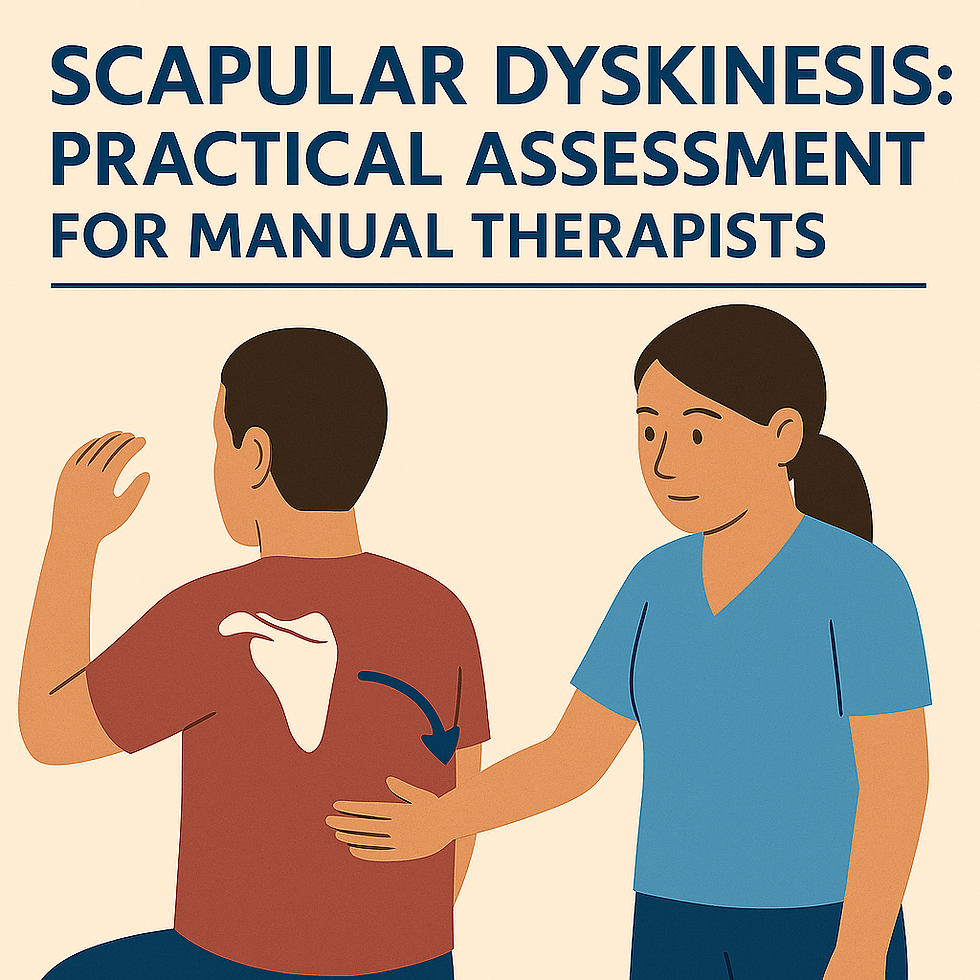Understanding the Essential Role of the Rotator Cuff in Shoulder Stability
- 5 Hours CPD Points Awarded Details Below

- May 20, 2023
- 2 min read
By delving into the complexities of this essential shoulder structure, massage therapists can enhance their therapeutic interventions and promote optimal shoulder health for their clients.
In this blog post, we delve into the intricate world of the rotator cuff, drawing from our professional development course on Rotator Cuff Tendinitis. Gain a deeper understanding of this essential shoulder structure, and its role in joint stability, while earning valuable CPD points towards your registration |
The rotator cuff is a crucial component of the shoulder anatomy, responsible for enabling a wide range of movements while maintaining stability and preventing injuries. Composed of a group of muscles and tendons, the rotator cuff works collaboratively to support the shoulder joint and facilitate smooth arm motion.

One of the primary functions of the rotator cuff is to secure the head of the humerus, the upper arm bone, within the shallow socket of the scapula, known as the glenoid cavity. This arrangement allows for controlled and coordinated arm movements, ensuring that the humeral head stays in its optimal position during various activities.
To achieve this, the rotator cuff muscles perform different actions that work harmoniously with other muscles and structures in the shoulder. During abduction, the process of lifting the arm away from the body, the rotator cuff muscles play a vital role in stabilizing the joint and preventing excessive movement. Similarly, during adduction, which involves bringing the arm back toward the body, the rotator cuff muscles provide the necessary support and coordination.
Moreover, the rotator cuff contributes to the internal and external rotation of the shoulder. Internal rotation refers to rotating the arm inward towards the body, while external rotation involves rotating the arm outward. The rotator cuff muscles aid in controlling these rotational movements and maintaining the stability of the shoulder joint.
The dynamic stability provided by the rotator cuff is particularly important during activities that place significant stress on the shoulder, such as lifting heavy objects, reaching overhead, throwing, or participating in sports that involve repetitive arm motions. By preventing excessive translation or dislocation of the shoulder joint, the rotator cuff helps protect the integrity of the joint and reduces the risk of injuries.
Furthermore, the rotator cuff plays a crucial role in minimizing the risk of impingement. Impingement syndrome occurs when the tendons of the rotator cuff become compressed or irritated, often due to repetitive overhead movements or poor shoulder mechanics. By maintaining the optimal position of the humeral head within the glenoid cavity, the rotator cuff helps create enough space for the tendons to move freely, reducing the likelihood of impingement and associated injuries.
In summary, the rotator cuff is a group of muscles and tendons that work together to provide stability and control to the shoulder joint. Its primary functions include keeping the humeral head securely within the glenoid cavity, coordinating shoulder movements, and preventing excessive translation or dislocation of the joint. By understanding the importance of the rotator cuff and maintaining its strength and flexibility, individuals can reduce the risk of shoulder injuries and ensure smooth and pain-free arm movements.
Lewis JS. Rotator cuff tendinopathy: a model for the continuum of pathology and related management. Br J Sports Med. 2010;44(13):918-923. doi:10.1136/bjsm.2010.076016
Michener LA, McClure PW, Karduna AR. Anatomical and biomechanical mechanisms of subacromial impingement syndrome. Clin Biomech (Bristol, Avon). 2003;18(5):369-379. doi:10.1016/S0268-0033(03)00047-0
American Academy of Orthopaedic Surgeons. Rotator Cuff Tears. Accessed April 25, 2023. https://orthoinfo.aaos.org/en/diseases--conditions/rotator-cuff-tears/




Comments